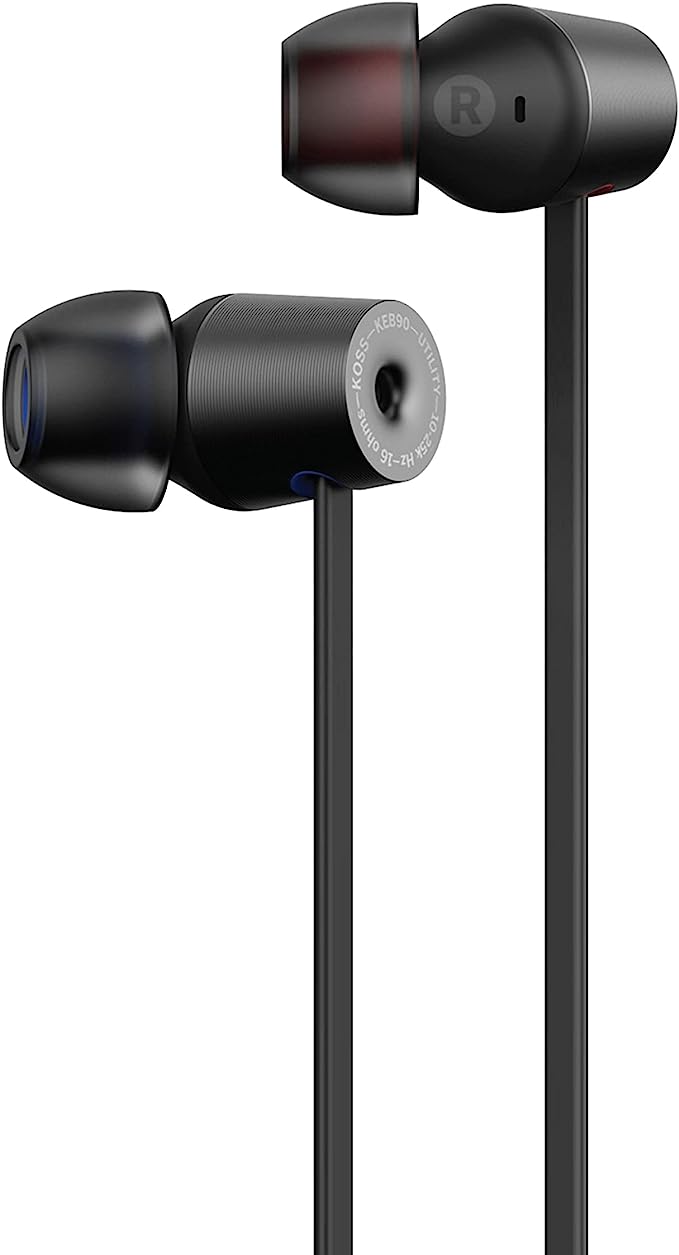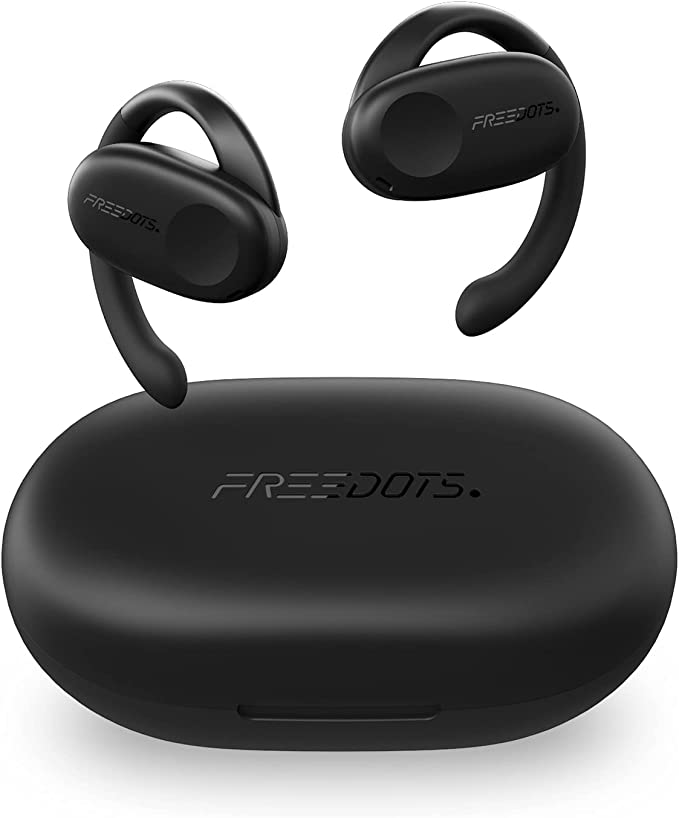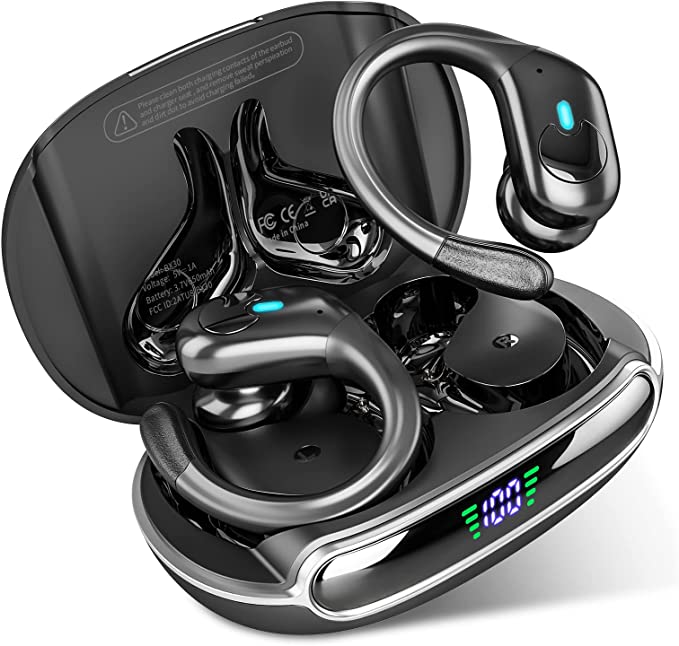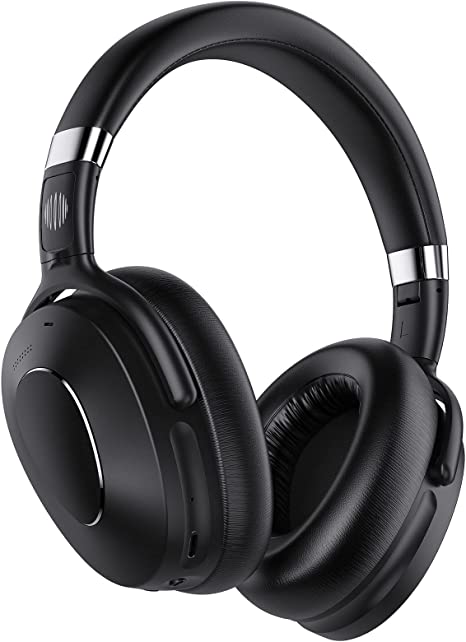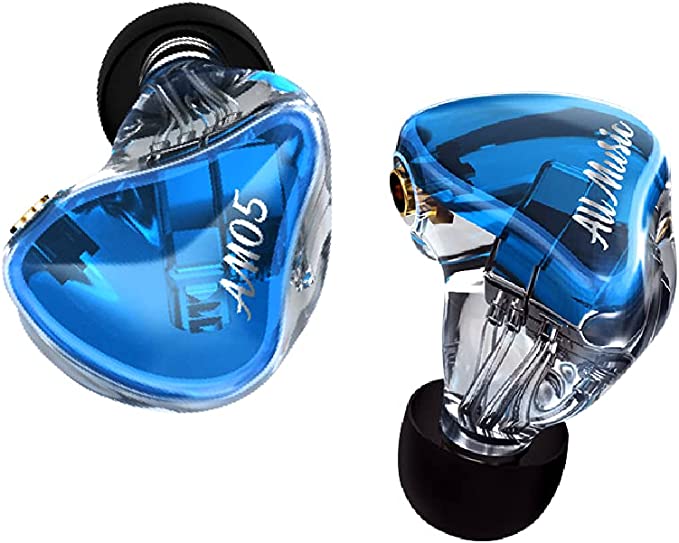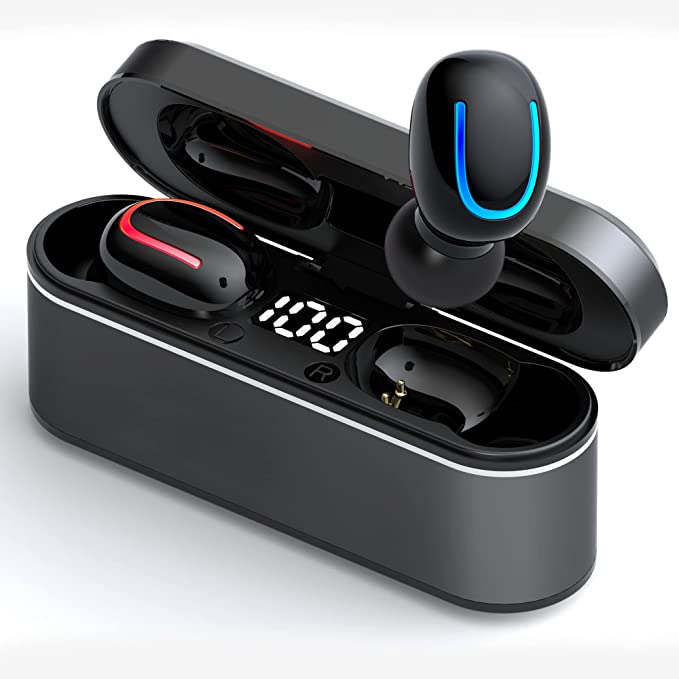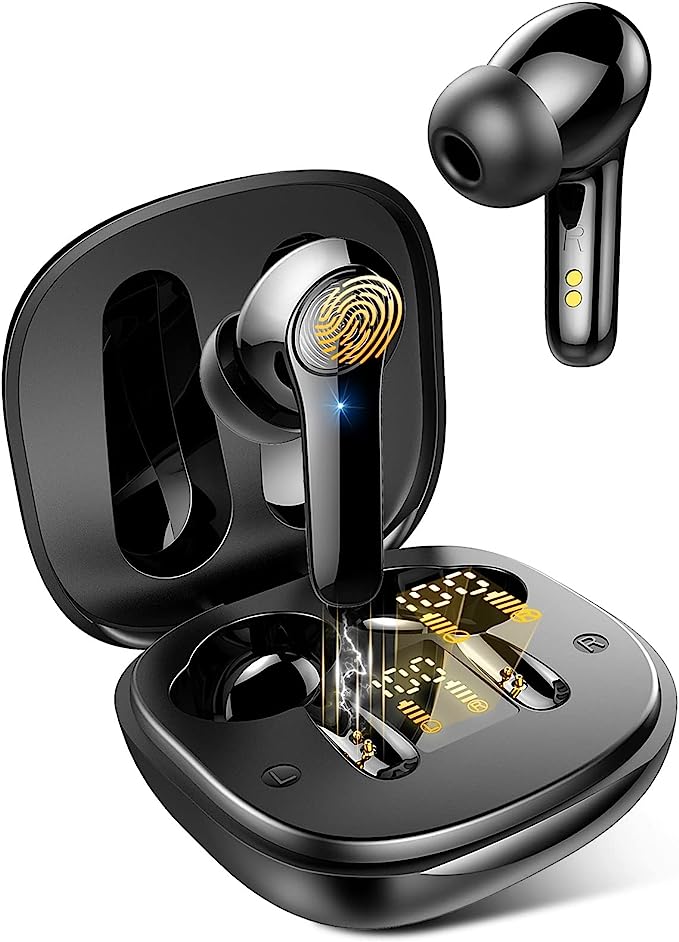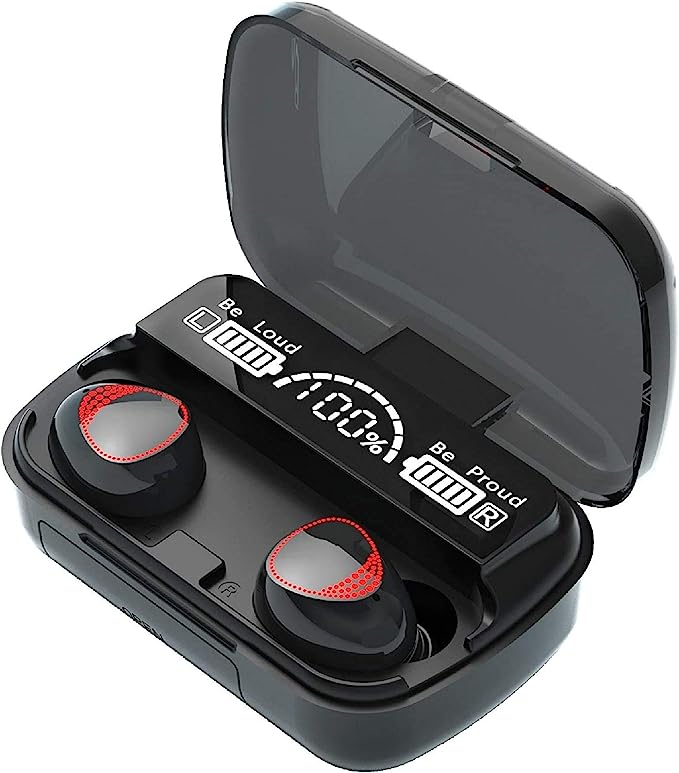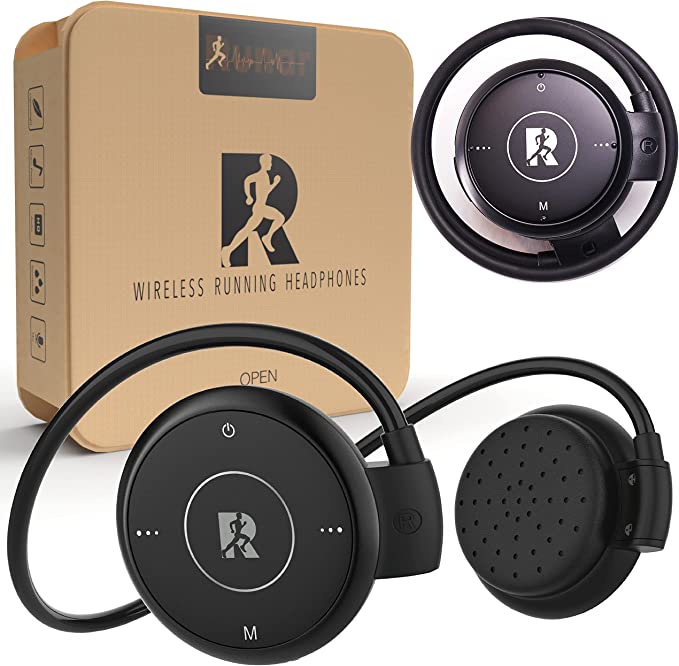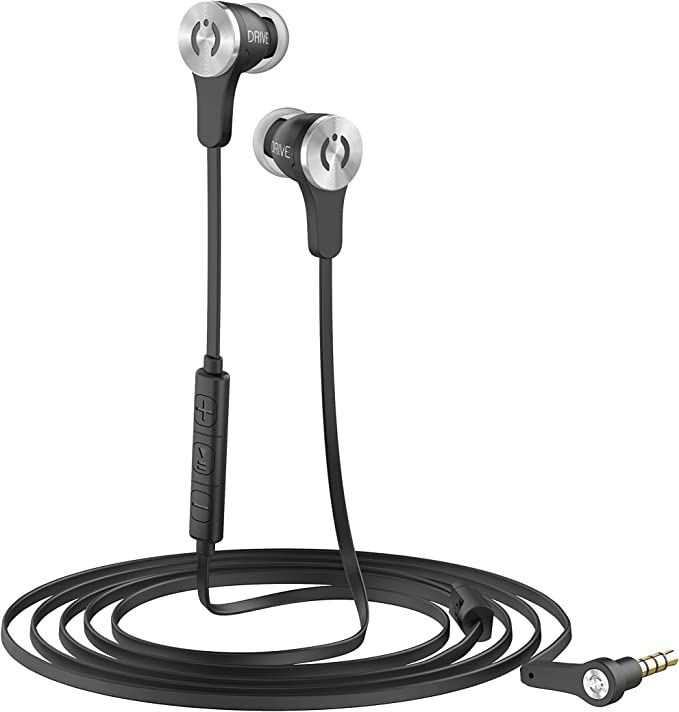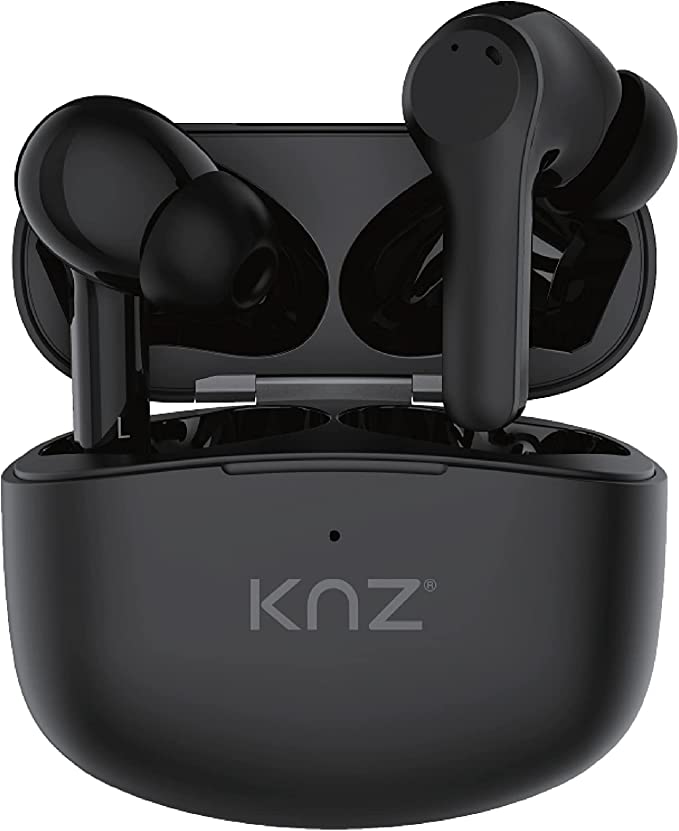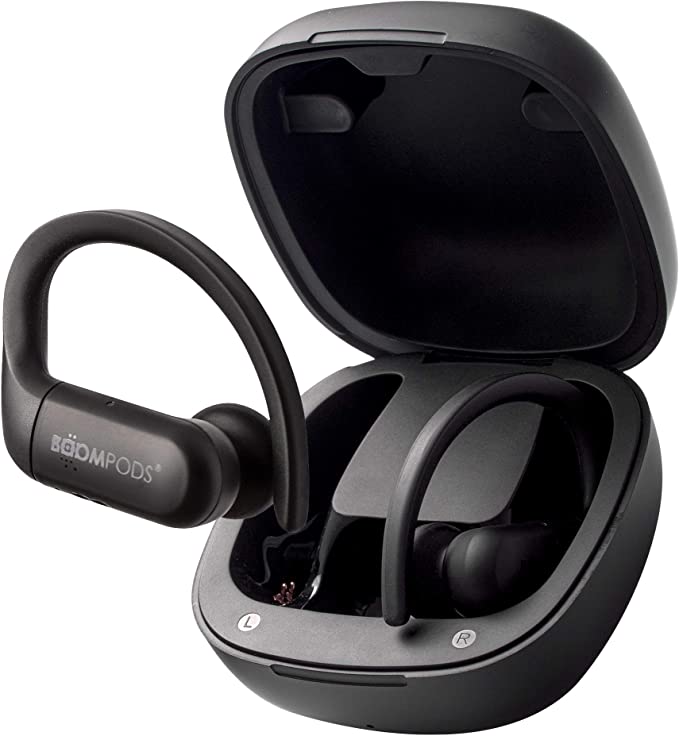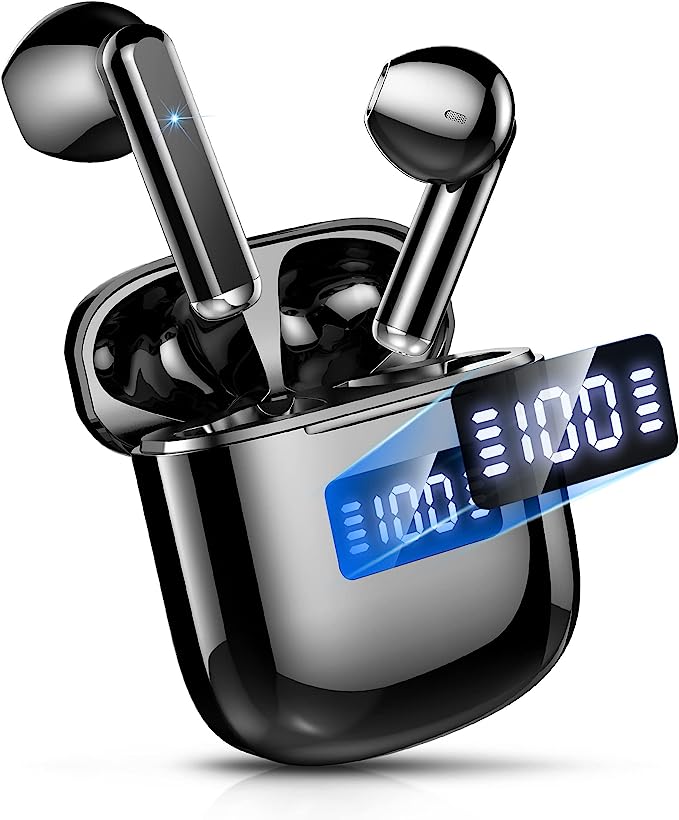The Hidden Danger in Your Garden Hose: Is Your Sprinkler Poisoning Your Home?
Update on Oct. 26, 2025, 8:12 a.m.
It’s a perfect summer afternoon. The sprinkler arcs across the green lawn, and the squeals of happy children fill the air as they dash through the cool spray. You’re inside, perhaps washing vegetables from your garden for dinner. It’s a picture of domestic bliss, built on the simple foundation of clean, safe water. But what if the same system that nurtures your lawn could pose a silent, invisible threat to the water inside your home?
This isn’t a scare tactic; it’s a discussion about a common plumbing phenomenon called backflow, specifically backsiphonage. And it has the potential to turn your garden hose into a straw that drinks a toxic cocktail of chemicals directly into your house’s plumbing. While hundreds of factors must align for a severe incident to occur, understanding the risk is the first step to ensuring that idyllic summer scene remains pure.

The Simple Straw Analogy: How Your Garden Hose Can “Drink”
Forget complex plumbing terms for a moment. Imagine you’re drinking a milkshake. You put your straw in the glass and suck. The liquid comes up. This is because you’ve created a low-pressure zone (a partial vacuum) in your mouth, and the higher atmospheric pressure on the surface of the milkshake pushes it up the straw.
Backsiphonage works on the exact same principle. Your home’s plumbing is usually a pressurized system, pushing water out. But if the pressure in the main water line suddenly drops—due to a nearby fire hydrant being used, a water main break, or even high demand in the neighborhood—it can create a powerful vacuum. This vacuum turns your entire plumbing system into a giant straw.
Now, picture your garden hose. Perhaps it’s connected to a fertilizer sprayer, or maybe the end of the hose is simply lying in a puddle of water that has collected lawn chemicals. If a backsiphonage event occurs at that exact moment, your plumbing doesn’t care what’s at the other end of the hose. It will “drink” whatever is there—pesticide-laden water, stagnant puddle muck, fertilizer solution—and pull it back into the pipes of your home.
What’s Really in the Water? The Cocktail of Chemicals in Your Garden
We use various products to keep our gardens lush and green, often without a second thought. But when viewed as potential contaminants, the list is sobering. * Pesticides and Herbicides: Products containing chemicals like 2,4-D or glyphosate are effective at killing weeds and pests but are not meant for human consumption. The EPA sets strict limits for these in drinking water because long-term exposure can lead to health issues. * Fertilizers: Both synthetic and organic fertilizers contain high concentrations of nitrates. When ingested, especially by infants, nitrates can interfere with the blood’s ability to carry oxygen, a condition known as methemoglobinemia, or “blue baby syndrome.” * Bacteria and Pathogens: Any puddle of stagnant water can be a breeding ground for bacteria. If the end of your hose is submerged in such a puddle, these pathogens can be drawn into your water lines.
The most insidious part of this contamination is that it’s often colorless and odorless. You wouldn’t know your water has been compromised until people start getting sick.
Children, Pets, and Vegetable Gardens: Who Is Most at Risk?
The American Academy of Pediatrics (AAP) has long noted that children are uniquely vulnerable to chemical exposures due to their developing bodies and different behaviors. They play on the lawn, put their hands in their mouths, and drink more water per pound of body weight than adults. A child running through a sprinkler contaminated by backflow is exposed both externally and potentially internally. The same goes for our pets, who often drink from outdoor water sources, including puddles or even the sprinkler itself.
And what about that vegetable garden you’re so proud of? If you use a hose-end sprayer for pest control and a backflow event occurs, the next time you water your tomatoes, you could be irrigating them with water tainted by the very chemicals you were trying to use responsibly.
From the Lawn to the Tap: Tracing the Path of Contamination
Once a contaminant is pulled into your home’s plumbing, it doesn’t just stay in the outdoor faucet. It enters the cold-water piping for the entire house. This means the water used for your kitchen sink, your shower, your icemaker, and your bathroom taps could all be affected. The next glass of water you pour could contain a diluted, but still dangerous, dose of lawn chemicals.
Beyond Hope: The Role of Mechanical Protection
The good news is that this risk is entirely preventable. Plumbers and engineers have developed several types of backflow prevention devices. The simplest is an inexpensive Hose Bibb Vacuum Breaker (HBVB) that screws onto your outdoor faucet. It’s a good first step for basic hose use.
However, for in-ground irrigation systems, or for anyone using chemical injectors (fertigation), a higher level of protection is often required by local plumbing codes. This is where professional-grade devices come in. A Reduced Pressure Zone (RPZ) assembly, like the bronze-bodied Febco 825Y, represents the highest level of mechanical protection for residential and commercial systems. It uses a series of check valves and a relief valve to not only block reverse flow but to physically discharge any potentially contaminated water before it can enter the main water supply. It’s the engineering equivalent of having a vigilant, always-on-duty security guard protecting your home’s water.
Take Action: A Simple Home Irrigation Safety Checklist
You can take immediate steps to assess and reduce your risk.
* Evaluate all outdoor faucets to ensure they have, at a minimum, a screw-on Hose Bibb Vacuum Breaker.
* Avoid leaving the end of a hose submerged in a bucket, pool, or puddle.
* Consider that a hose connected to a chemical sprayer is a direct cross-connection and a high-hazard situation.
* Review your in-ground sprinkler system’s specifications to see what type of backflow prevention is installed.
* Consult a licensed plumber to assess if your current setup meets local codes and provides adequate protection for your family’s needs.

Conclusion: Turning Awareness into a Safer Home
That peaceful summer afternoon is something to be cherished and protected. Water is life, but only when it’s clean. By understanding the simple physics of backsiphonage and the real risks it poses, we transform from passive consumers into proactive guardians of our home’s health. The danger hiding in the garden hose is invisible, but with awareness and the right precautions, it’s a danger we can completely neutralize.



